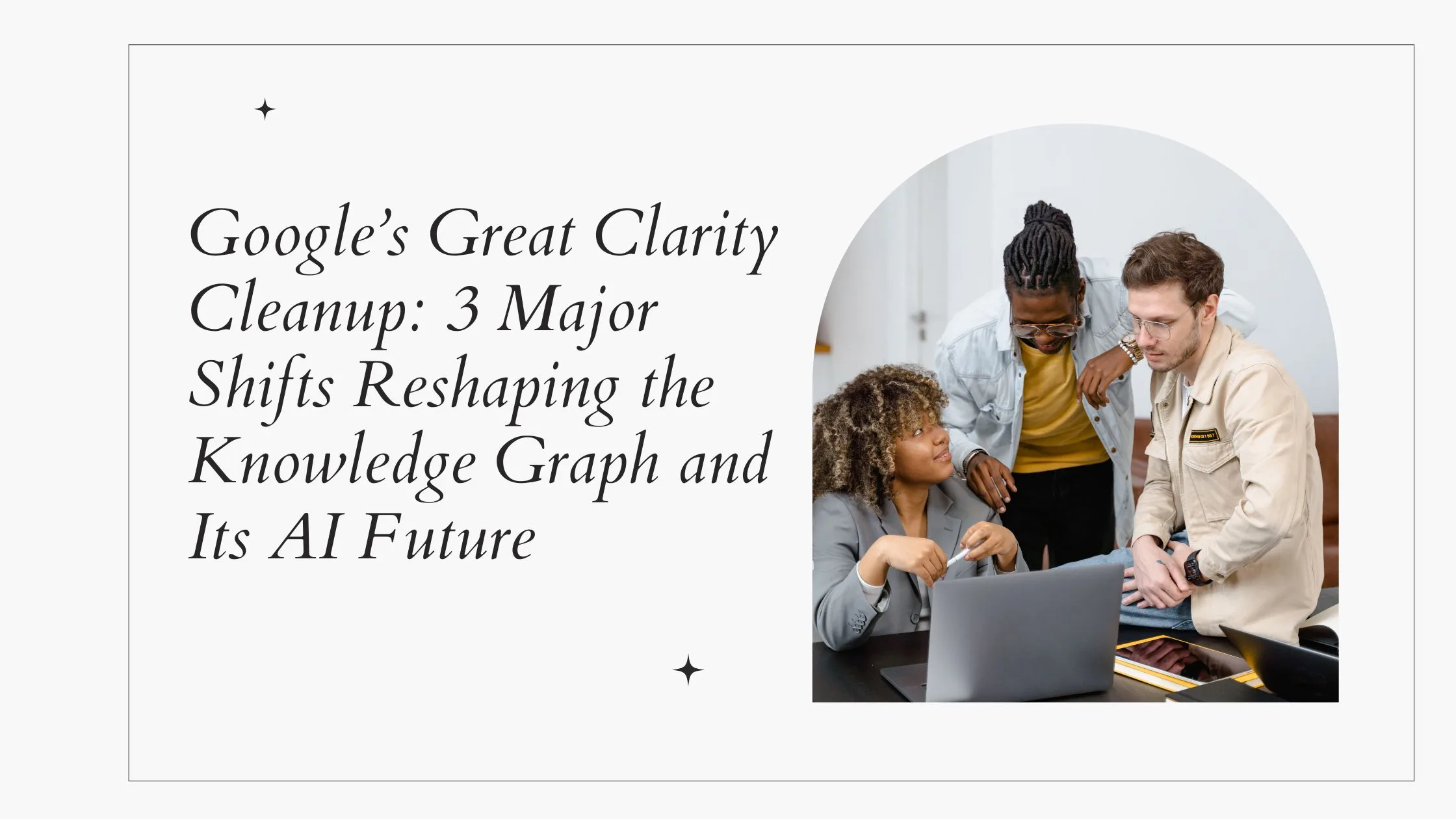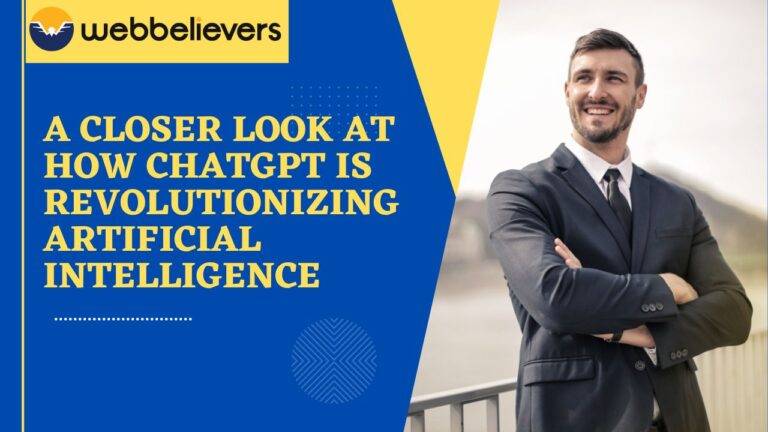In June 2025, Google removed billions of entities from its Knowledge Graph, marking the largest contraction in ten years. During a one-week, two-stage adjustment, the Knowledge Graph shrank by 6.26%—eliminating more than 3 billion entries.
Since monitoring began in 2015, such a large-scale reduction has never been recorded. This event is being referred to as Google’s great clarity cleanup.
If you’ve recently noticed missing or inconsistent Knowledge Panels for yourself or clients, this update may appear to be the reason. However, in most cases, those changes are unrelated.
The real development points to something far more significant.
The Knowledge Graph forms the verification backbone of Google’s algorithmic framework, giving the search giant a strong advantage. How Google chooses to refine this system provides a clear signal of its strategy in the growing competition for AI-driven search and assistive engines.
Google’s Summer Knowledge Graph Tradition – And the 2025 Shift
Since 2015, Google has made a habit of rolling out major Knowledge Graph updates each summer—almost as if hitting a reset button.
Some of these changes have been more impactful than others. For example, the “Budapest Update” in 2019 expanded Google’s fact-checking capabilities, while the 2023 update placed strong focus on individuals, particularly content creators.
History shows that when a Knowledge Graph update signals a strategic pivot, it often previews the next chapter of SEO, AEO, and GEO—insights that have consistently helped us stay ahead of industry shifts.
In 2025, Google pressed the button twice—on June 13 and again on June 20. The message was clear: this summer’s update was about clarity. It represents the beginning of what can be called the age of algorithmic clarity.
A Strategic Contraction in the Knowledge Graph
From May 2024 to May 2025, the Knowledge Graph grew steadily by 2.79%—a healthy pace of expansion. But June told a different story. Across two rapid updates, the graph contracted by 6.26%, eliminating more than 3 billion entities in just a week.
That’s twice the net growth of the entire previous year, erased almost instantly.
The scale and timing signal a deliberate “decluttering” strategy—sacrificing raw quantity in favor of sharper, more reliable data.
The objective is clear: a leaner, higher-quality dataset designed to power AI-driven features such as AI Overviews, AI Mode, and Google Learn About.
With no rival tech company holding an equivalent knowledge base, this refinement strengthens Google’s long-term AI advantage. And the cuts were not random—data indicates three specific focus areas where Google made decisive reductions, each highlighting a different aspect of its clarity-first approach.
1. The Steep Decline in Event Entities: A Post-Pandemic Reset
Event-related entities in Google’s Knowledge Graph dropped by 76.91%, signaling the end of the pandemic-driven surge in event tracking.
When COVID-19 began, event entities skyrocketed, likely to help users manage cancellations and virtual gatherings. Over the past five years, this category experienced unusually high turnover.
We observed the trend firsthand with our own webinars: new online events often appeared in the Knowledge Graph within 15 minutes of publication, only to disappear shortly after. The average lifespan of an event entity fell from 839 days before COVID to just 124 days after March 2020.
With the world now more stable, Google has scaled back this reactive system. The cost of sustaining real-time event data is no longer justified, leading to a deliberate reset.
The takeaway: temporary opportunities can be powerful, but they’re fleeting. Don’t anchor your strategy to short-lived algorithmic shifts. Instead, focus your AI assistive engine optimization on durable entities—corporate, personal, and product brands that provide long-term stability.
2. Google Clears Out Ambiguous “Thing” Entities
While the surge in event entities was a temporary, pandemic-driven anomaly, the bigger shift lies in Google’s cleanup of the “thing” category—the most generic classification in the Knowledge Graph.
This update cut “thing” entities by 15.27%, eliminating roughly 8 billion entries.
Multityping, where an entity is assigned more than one type, is widespread, and “thing” often appears as one of those extra classifications. Our dataset shows that about half of all entities are multityped, with 27.83%—nearly 13 billion—labeled in part as “thing.”
Despite the drop, unityped entities (those with only one clear type) increased from 23.9% to 28.7%. This suggests a move toward single, unambiguous classifications. After manually reviewing 10,000 unityped “thing” entities, the trend became evident: Google is no longer using “thing” as a catch-all label, but reserving it for concepts and topics that cannot be categorized elsewhere.
For years, “thing” has been an easy—and sometimes exploited—entry point into the Knowledge Graph. That door is rapidly closing, and soon, only entities with no alternative classification will qualify as a “thing.”
3. Google Sharpens Clarity with Unityped Person Entities
Google’s latest emphasis on person entities builds on a pattern that started with earlier Knowledge Graph updates in 2023 and 2024.
In 2023, the number of person entities tripled, with greater attention given to subtitles reflecting E-E-A-T signals. Roles such as “writer” and “author” increased by 21%, while less relevant ones were phased out—highlighting recognized expertise.
The 2024 update carried this further by reinforcing the “content creator” role for person entities.
The June 2025 update advances this trend by reducing ambiguity. The proportion of person entities classified as unityped rose from 70.16% to 76.78%. In other words, Google is stripping away secondary classifications to ensure entities are clearly and exclusively identified as people.
Together, these moves underscore Google’s growing focus on person entities as a foundation for N-E-E-A-T-T—a sharper model of trust and authority in its AI-driven ecosystem.
Clarity Is Now the Only Point of Entry
The June 2025 update reinforces a principle I’ve highlighted since Hummingbird in 2013: in the Knowledge Graph, clarity is everything.
Brands may invest heavily in multi-channel strategies to drive awareness and consideration. Your identity and offerings may be visible and evaluated—but the ultimate conversion hinges on one crucial factor: confidence. Both humans and AI assistive engines need to clearly understand your brand.
The question comes down to: “Do I know who they are, and can I trust them?”
The answer lies in algorithmic knowledge—the Knowledge Graph itself. Every Big Tech platform relies on it to make final recommendations. Your brand, offerings, and credibility must be unmistakably defined for these algorithmic encyclopedias to recognize and trust you.
Most brands falter here, yet the solution is simple. AI behaves like an eager learner—present it with conflicting or messy digital signals, and it gets confused. Google’s June update actively tidied this “bottom-of-the-funnel” space, removing entities that introduce ambiguity.
A strong, unityped, confidently defined presence in the Knowledge Graph is now the only route to dominate the algorithmic mind at the zero-sum, bottom-of-the-funnel “perfect click” moment.
Breaking: On August 11, Google surprised the industry with a second Knowledge Graph clarity cleanup—less than two months after the first—sharply targeting corporation, organization, and brand entities.
FAQs
Q1. What was Google’s Great Clarity Cleanup?
A1. It was a major June 2025 update where Google removed billions of entities from the Knowledge Graph, focusing on clarity, reducing ambiguity, and improving AI-assisted search results.
Q2. Which types of entities were most affected?
A2. The update targeted three main categories: event entities (post-pandemic reset), “thing” entities (ambiguous generic entries), and person entities (unityped for clarity and expertise).
Q3. Why did Google reduce event entities?
A3. Event entities surged during the COVID-19 pandemic to track online events and cancellations. With stability returning, Google scaled back these temporary entries to focus on long-term relevance.
Q4. What is a “thing” entity, and why were many removed?
A4. “Thing” is Google’s most generic classification. The update reduced ambiguous or multityped “thing” entities, moving toward a system with clearer, unityped classifications.
Q5. How did the update impact person entities?
A5. Google increased the proportion of unityped person entities, emphasizing clear roles such as “author” or “content creator,” supporting stronger E-E-A-T signals.
Q6. What does this update signal about Google’s AI strategy?
A6. The cleanup indicates Google is prioritizing clarity in its Knowledge Graph to enhance AI-powered features like AI Overviews, AI Mode, and Google Learn About.
Q7. How can brands adapt to these Knowledge Graph changes?
A7. Brands should ensure their identity, offerings, and credibility are clearly defined in the Knowledge Graph. Unityped, unambiguous entries increase the likelihood of AI and users trusting the brand.




